
How to Use MAX30100: Examples, Pinouts, and Specs
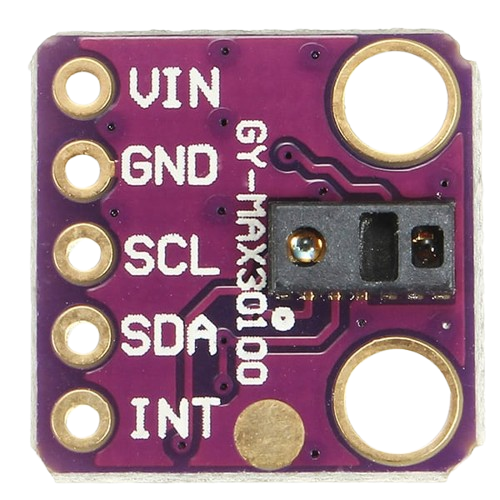
 Design with MAX30100 in Cirkit Designer
Design with MAX30100 in Cirkit DesignerIntroduction
The MAX30100, manufactured by MAx (Part ID: 12345), is a low-power, integrated pulse oximeter and heart-rate monitor sensor. It utilizes photoplethysmography (PPG) technology to measure blood oxygen saturation (SpO2) and heart rate. The sensor works by emitting light through the skin and detecting the amount of light absorbed by the blood, providing accurate and reliable measurements.
Explore Projects Built with MAX30100
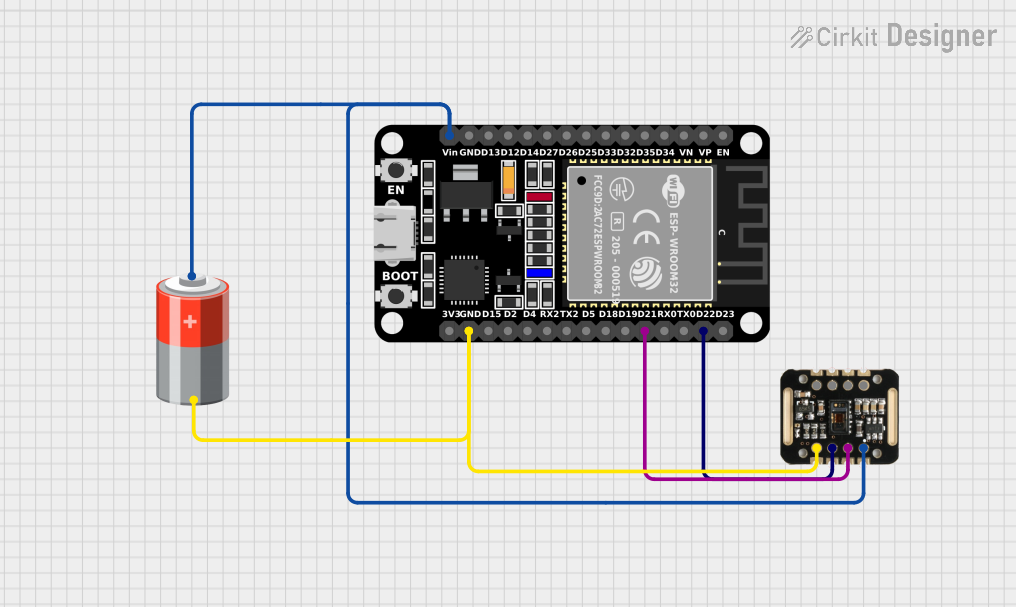
 Open Project in Cirkit Designer
Open Project in Cirkit Designer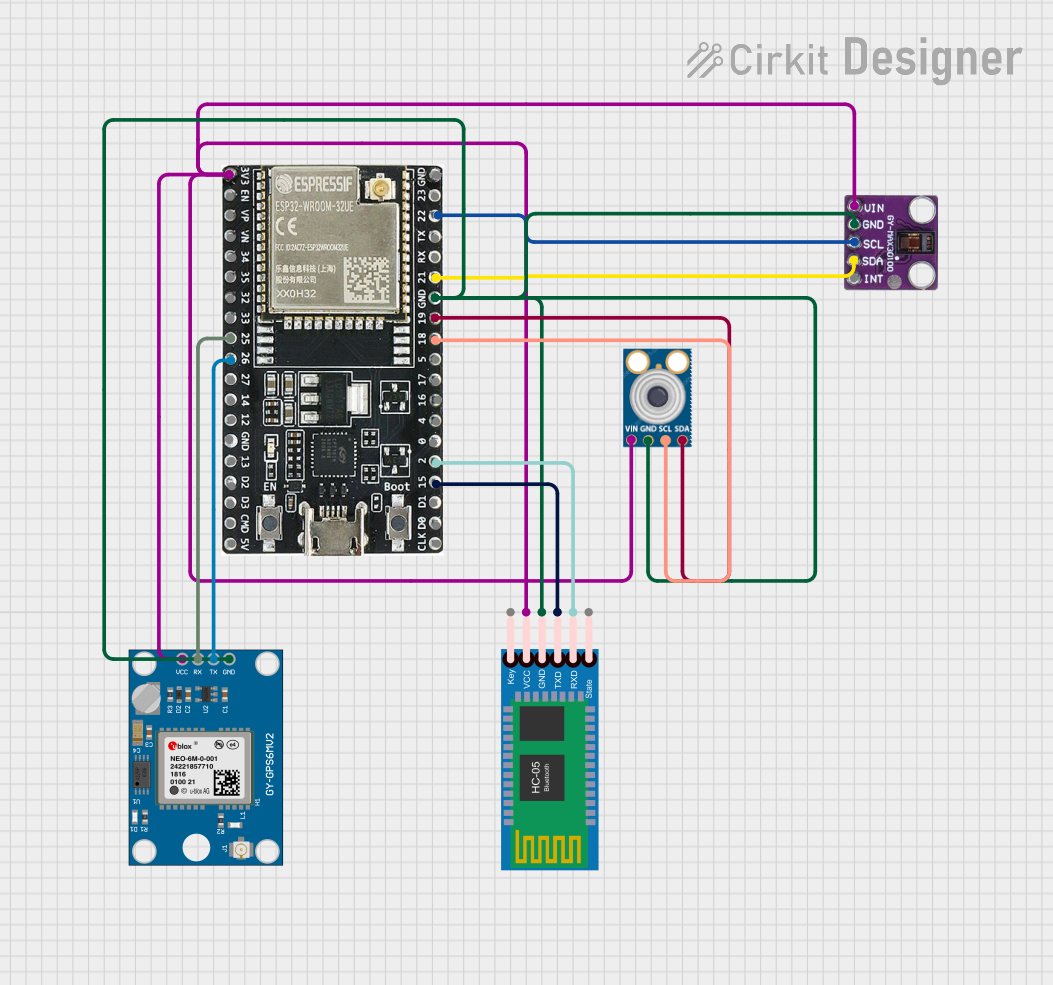
 Open Project in Cirkit Designer
Open Project in Cirkit Designer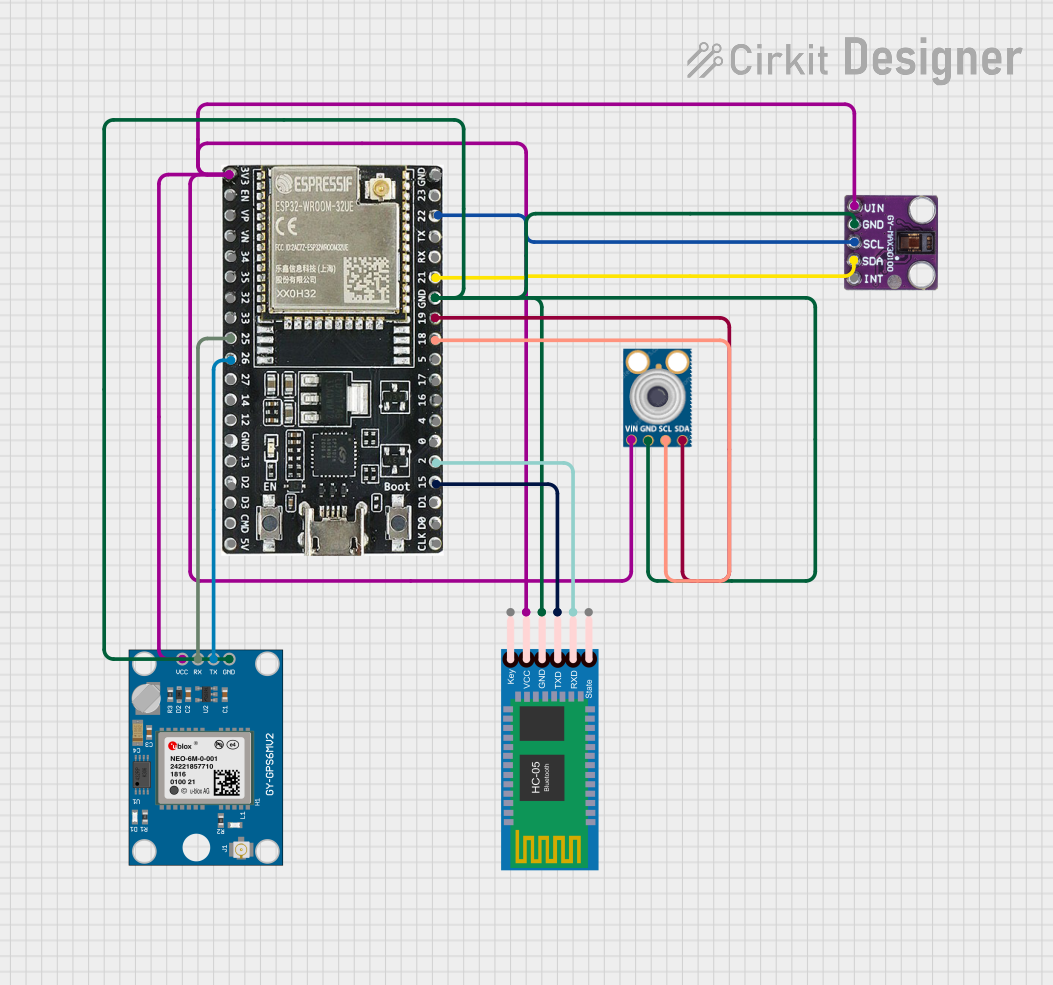
 Open Project in Cirkit Designer
Open Project in Cirkit Designer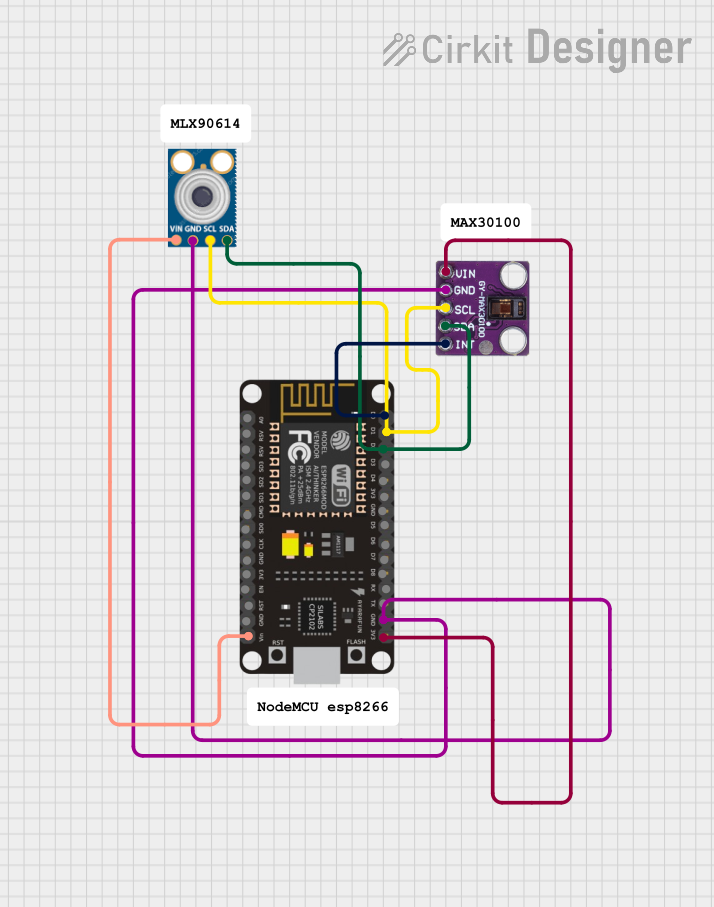
 Open Project in Cirkit Designer
Open Project in Cirkit DesignerExplore Projects Built with MAX30100

 Open Project in Cirkit Designer
Open Project in Cirkit Designer
 Open Project in Cirkit Designer
Open Project in Cirkit Designer
 Open Project in Cirkit Designer
Open Project in Cirkit Designer
 Open Project in Cirkit Designer
Open Project in Cirkit DesignerCommon Applications and Use Cases
- Wearable health monitoring devices
- Fitness trackers
- Medical devices for pulse oximetry
- Heart rate monitoring in IoT applications
- Research and development in biomedical engineering
Technical Specifications
The MAX30100 is designed for low-power operation, making it ideal for battery-powered devices. Below are its key technical specifications:
| Parameter | Value |
|---|---|
| Operating Voltage | 1.8V (core) and 3.3V (I/O) |
| Operating Current | 600 µA (typical) |
| Standby Current | 0.7 µA |
| Measurement Range | SpO2: 70% to 100%, Heart Rate: 30-240 bpm |
| Communication Interface | I2C (7-bit address: 0x57) |
| LED Wavelengths | Red: 660 nm, IR: 880 nm |
| Sampling Rate | Programmable (50 Hz max) |
| Operating Temperature | -40°C to +85°C |
| Package Type | 14-pin optical module |
Pin Configuration and Descriptions
The MAX30100 has 14 pins, but only a subset is typically used in most applications. Below is the pin configuration:
| Pin Number | Pin Name | Description |
|---|---|---|
| 1 | GND | Ground |
| 2 | VIN | Power supply input (1.8V to 3.3V) |
| 3 | SDA | I2C data line |
| 4 | SCL | I2C clock line |
| 5 | INT | Interrupt output (active low) |
| 6 | IR_DRV | Infrared LED driver |
| 7 | RED_DRV | Red LED driver |
| 8-14 | NC | Not connected (reserved for internal use) |
Usage Instructions
How to Use the MAX30100 in a Circuit
- Power Supply: Connect the VIN pin to a 1.8V or 3.3V power source and the GND pin to ground.
- I2C Communication: Connect the SDA and SCL pins to the corresponding I2C pins on your microcontroller. Use pull-up resistors (typically 4.7 kΩ) on both lines.
- Interrupt Pin: Optionally, connect the INT pin to a GPIO pin on your microcontroller to handle interrupts.
- LED Drivers: The IR_DRV and RED_DRV pins are internally connected to the infrared and red LEDs, respectively. No external connections are required for these pins.
Important Considerations and Best Practices
- Power Supply: Ensure a stable power supply to avoid measurement inaccuracies.
- I2C Address: The default I2C address of the MAX30100 is 0x57. Ensure no other devices on the I2C bus share this address.
- Sampling Rate: Configure the sampling rate based on your application to balance power consumption and measurement accuracy.
- Placement: For accurate readings, ensure the sensor is in direct contact with the skin and avoid ambient light interference.
Example Code for Arduino UNO
Below is an example of how to interface the MAX30100 with an Arduino UNO to read heart rate and SpO2 data:
#include <Wire.h>
#include "MAX30100.h" // Include the MAX30100 library
MAX30100 sensor; // Create an instance of the MAX30100 class
void setup() {
Serial.begin(9600); // Initialize serial communication
Wire.begin(); // Initialize I2C communication
// Initialize the MAX30100 sensor
if (sensor.begin() == false) {
Serial.println("MAX30100 initialization failed. Check connections.");
while (1); // Halt execution if initialization fails
}
// Configure the sensor
sensor.setMode(MAX30100_MODE_SPO2_HR); // Set mode to SpO2 and heart rate
sensor.setLEDsPulseAmplitude(0x1F, 0x1F); // Set LED brightness
Serial.println("MAX30100 initialized successfully.");
}
void loop() {
// Read heart rate and SpO2 data
float heartRate = sensor.getHeartRate();
float spo2 = sensor.getSpO2();
// Print the data to the serial monitor
Serial.print("Heart Rate: ");
Serial.print(heartRate);
Serial.print(" bpm, SpO2: ");
Serial.print(spo2);
Serial.println(" %");
delay(1000); // Wait for 1 second before the next reading
}
Troubleshooting and FAQs
Common Issues and Solutions
Sensor Not Detected on I2C Bus:
- Cause: Incorrect wiring or I2C address conflict.
- Solution: Verify the connections and ensure the pull-up resistors are in place. Check that no other devices on the I2C bus use the same address (0x57).
Inaccurate Readings:
- Cause: Poor sensor placement or ambient light interference.
- Solution: Ensure the sensor is in direct contact with the skin and shield it from ambient light.
Initialization Fails:
- Cause: Incorrect power supply or damaged sensor.
- Solution: Verify the power supply voltage and check for physical damage to the sensor.
High Power Consumption:
- Cause: LEDs set to maximum brightness unnecessarily.
- Solution: Adjust the LED pulse amplitude to a lower value suitable for your application.
FAQs
Q1: Can the MAX30100 measure SpO2 and heart rate simultaneously?
Yes, the MAX30100 is designed to measure both SpO2 and heart rate simultaneously using its dual LED system.
Q2: What is the maximum I2C clock speed supported?
The MAX30100 supports I2C clock speeds up to 400 kHz (Fast Mode).
Q3: Can the MAX30100 be used with a 5V microcontroller?
Yes, but you must use a level shifter to step down the I2C signals to 3.3V to avoid damaging the sensor.
Q4: How do I improve measurement accuracy?
Ensure proper sensor placement, minimize motion artifacts, and configure the sampling rate appropriately for your application.